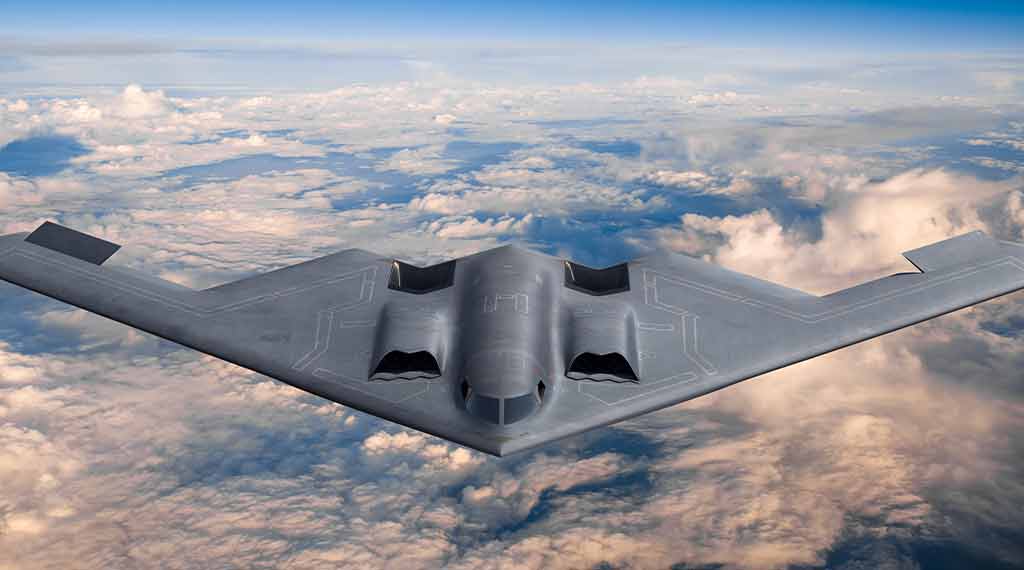America’s B-21 Raider bomber nightmare is about to ‘drop’ into focus

The B-21 Raider, a sixth-generation bomber being developed by Northrop Grumman for the U.S. Air Force, is designed to serve multiple roles, including battle management, intelligence collection, and interception.
-Smaller and more radar-resistant than its predecessors, the B-21 incorporates modular systems for future upgrades.
-The Air Force plans to procure at least 100 units by the decade’s end, but past experiences with programs like the B-2 and F-22, where budget cuts drastically reduced production numbers, raise concerns.
-The Raider’s procurement could face similar risks, despite its importance in countering potential threats from adversaries like China and Russia.
Latest posts by Maya Carlin (see all)
- Israel’s $2 Iron Beam Laser Could Disrupt Missile Warfare - December 23, 2025
- US Stands Up New Drone Strike Force in the Middle East - December 9, 2025
- Has Russia Finally Sold its Su-35s to Iran? - December 2, 2025
